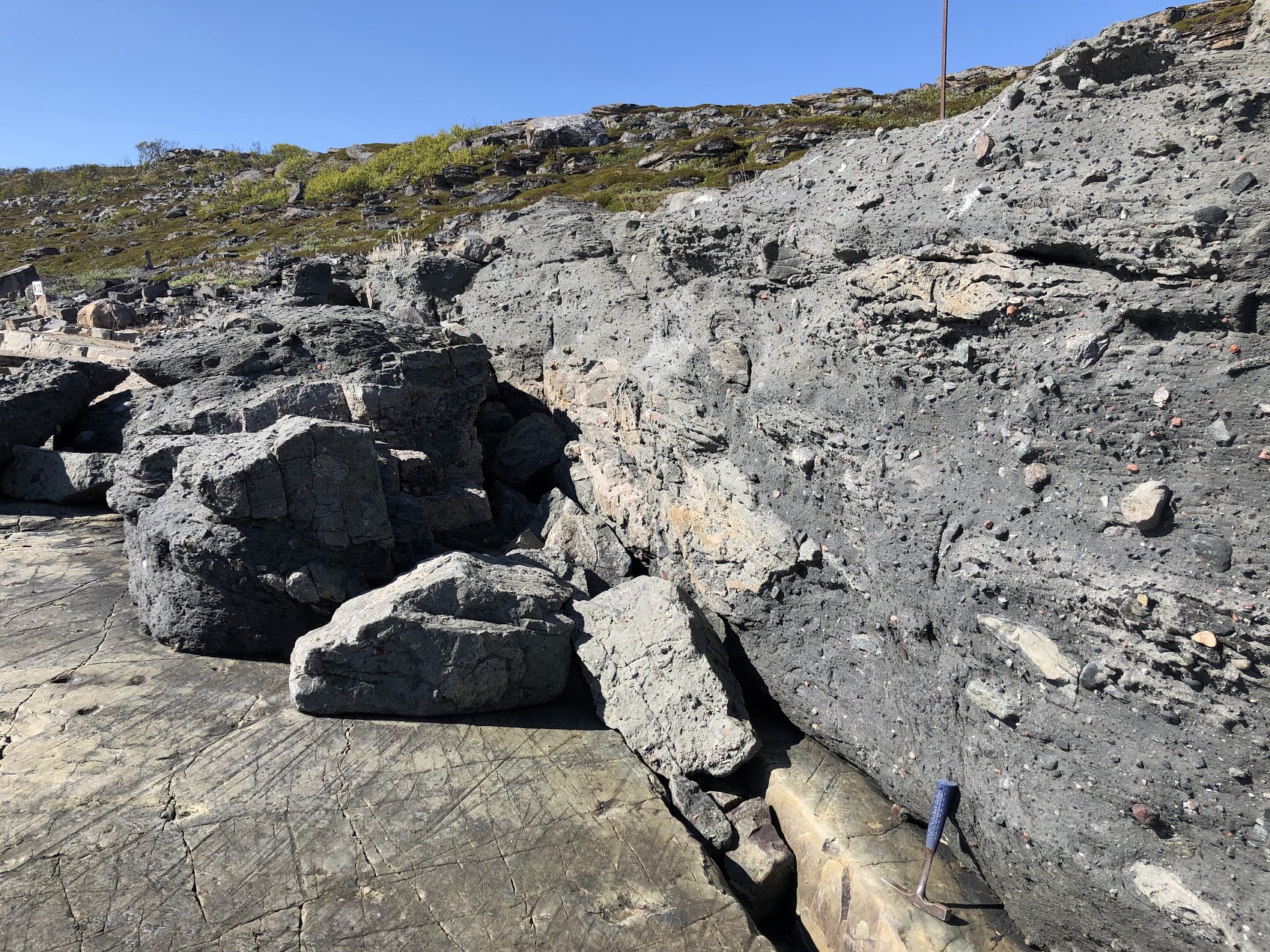The sedimentary records hold a unique archive of Earth’s climate history. Palaeo- climatology is a multidisciplinary research field which deals with the reconstruction of the climate history by studying the sedimentary successions and their physical, geo- chemical and palaeontological characteristics to unravel the climate conditions under which they were formed.

The rock record reveals past climate fluctuations with regular variations influenced by changes in earth’s orbital parameters (Milankovitch cycles) or transient changes, with sometimes catastrophic events that influence fundamentally the evolution of life on Earth such as the mass-extinction at the end of the Permian. Based on chemical or biological proxies from marine or terrestrial sediments we can estimate changes in key variables such as for example sea water temperature, temperature and precipitation on land and the carbon dioxide content of the past atmosphere. We study past climate variability on short (decadal) to long time scales (millions of years) from the recent past (the last Millennium) into deep time. The overall perspective is to learn from Earth’s climate history to better constrain key variables of the climate system and the interaction between the oceans and the lithosphere and biosphere and finally to obtain a better basis to project the future climate change.